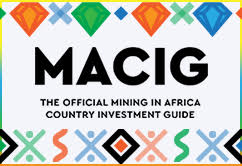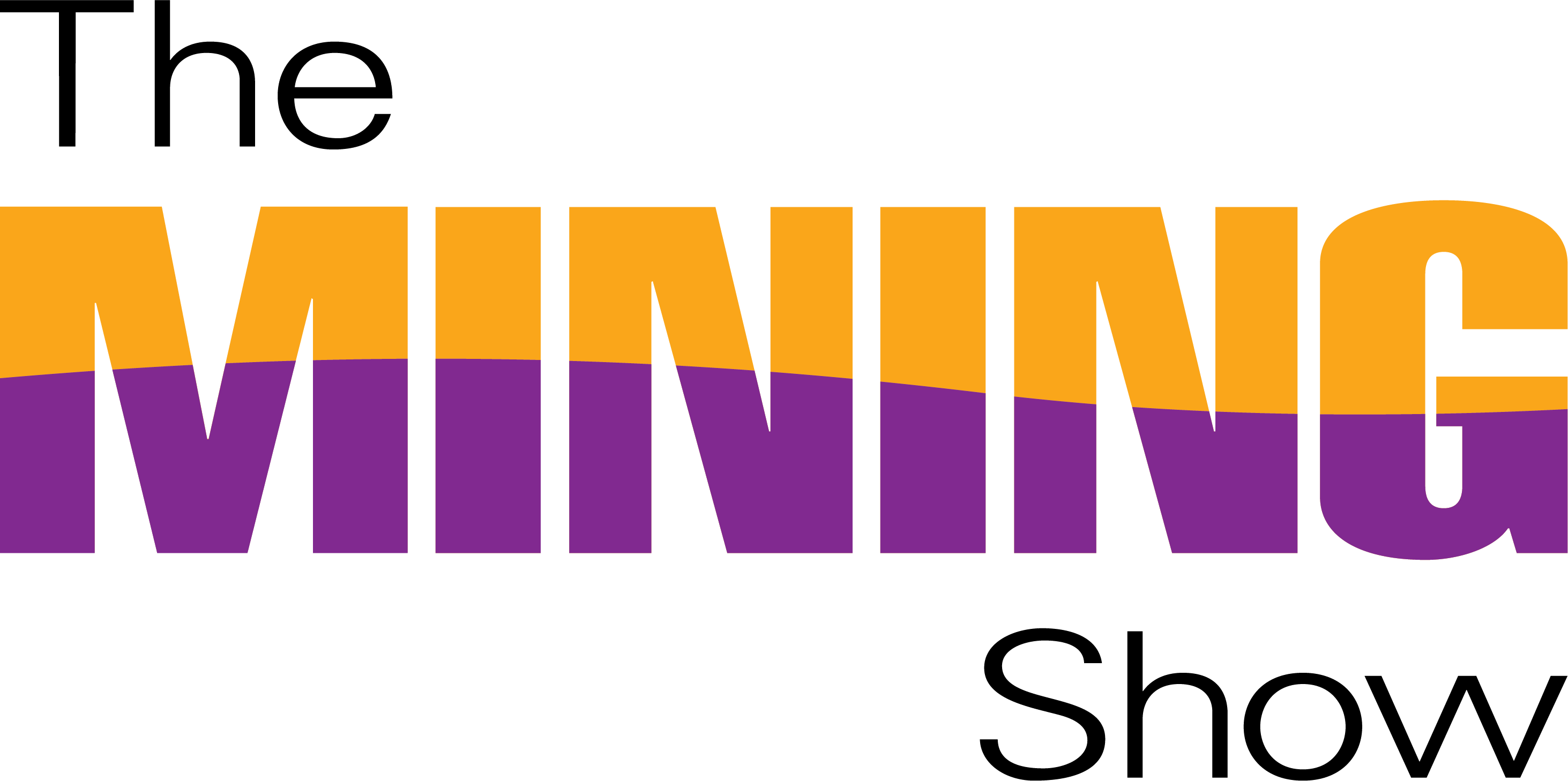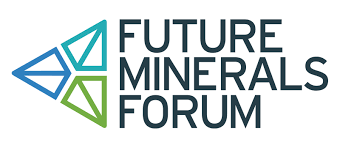SEARCH RESULTS FOR:
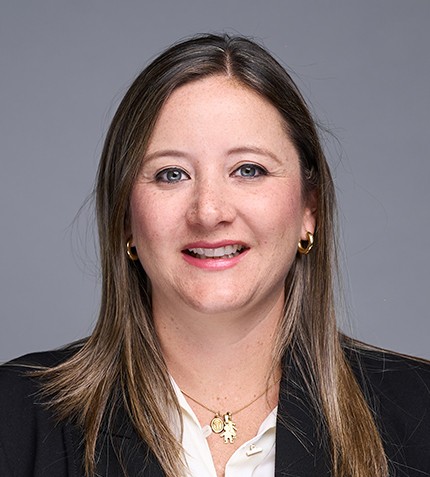
Adriana Tejada
GERENTE ADJUNTO BANCA CORPORATIVA, BCP
MINPER 2025 - Perumin Official Investment Guide (Spanish Print Version)
”Cuando los precios de los minerales suben hay un resurgimiento en el sector, lo que abre más oportunidades para financiar tanto a las mineras como a sus proveedores.”
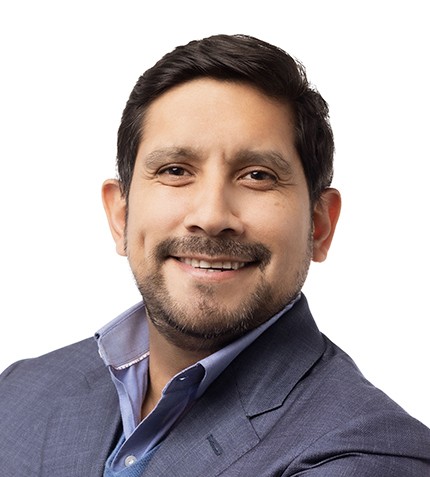
José Carlos De Piérola
GERENTE PAÍS PERÚ Y ECUADOR, ERM
MINPER 2025 - Perumin Official Investment Guide (Spanish Print Version)
"El concepto de ‘naturaleza positiva’ es cada vez más buscado, pero aún pocas empresas lo implementan correctamente. Hay mucho por hacer en esa área."
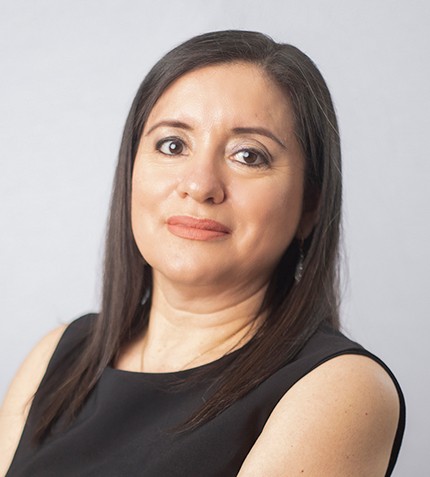
Roxana Burgos
GERENTE GENERAL, MOVITÉCNICA
MINPER 2025 - Perumin Official Investment Guide (Spanish Print Version)
"Lanzamos Movilift y Movibelts para consolidar nuestra marca en equipos de izaje y fajas transportadoras. Importamos principalmente de Asia y ensamblamos en Perú bajo nuestras especificaciones."
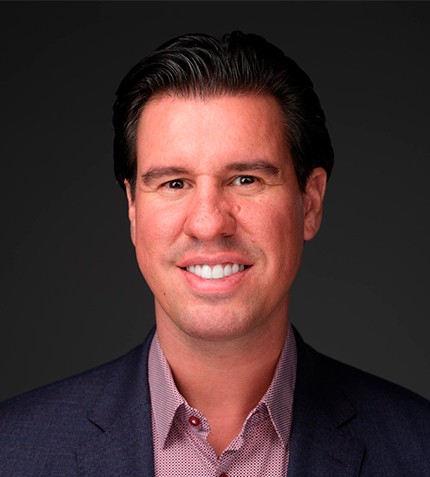
Alexandre Boivin
CEO, QUIMBAYA GOLD
Latam North and Caribbean Mining 2025
"Alongside this exploding gold bull market, we are seeing growing momentum within Colombia and Quimbaya is poised to take advantage because the upside of making a high-grade gold discovery is enormous for our shareholders."
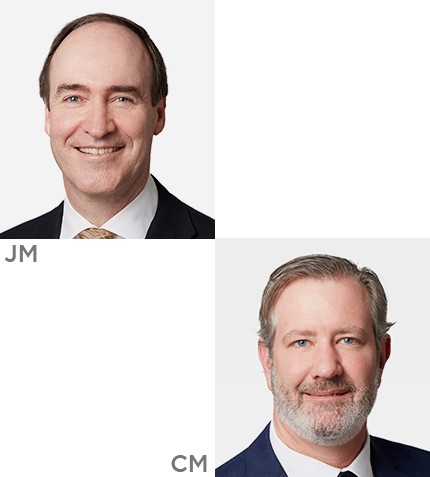
John Mackenzie and Cashel Meagher
CHAIR OF THE BOARD (JM) AND CEO (CM), CAPSTONE COPPER
Chile Mining 2025 GBR Series
"This year represents an inflection point for Capstone, with our recently released 2025 guidance demonstrating increased cash flow generation highlighted by continued copper production growth and decreasing unit costs."
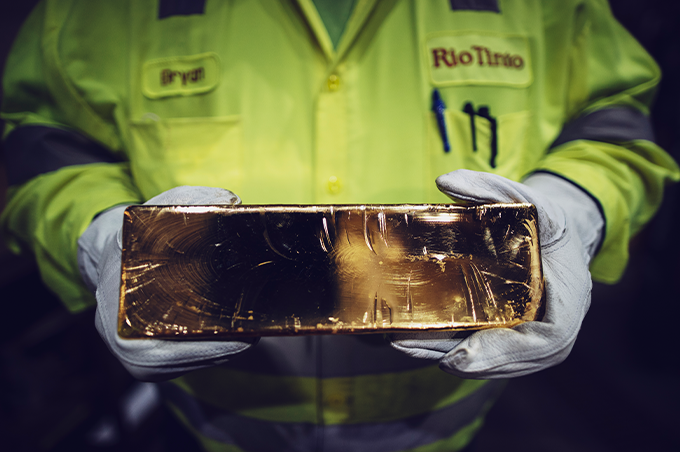
Western USA: Precious Metals Production and Development
Western USA Mining 2025 - Digital Interactive
Producers poised for growth amid market shifts
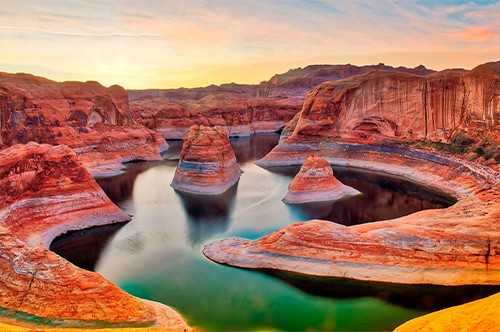
Transforming Environmental Challenges
Western USA Mining 2025 - Digital Interactive
Turning abandoned mines into sustainable resource assets
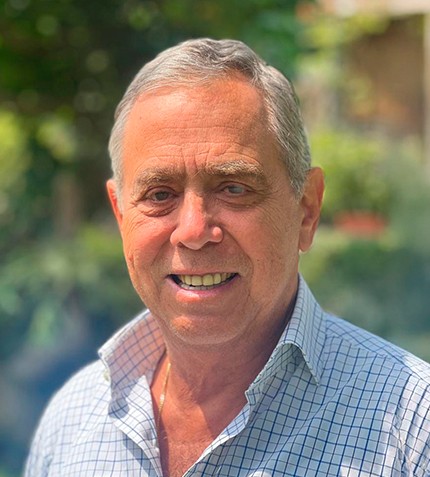
Carlos Augusto Dammert
PRESIDENTE, SERVICIOS AÉREOS DE LOS ANDES
MINPER 2025 - Perumin Official Investment Guide (Spanish Print Version)
"Mientras que un vuelo en helicóptero de Cusco a Las Bambas dura solo 25 minutos, el trayecto por tierra toma entre ocho y nueve horas."
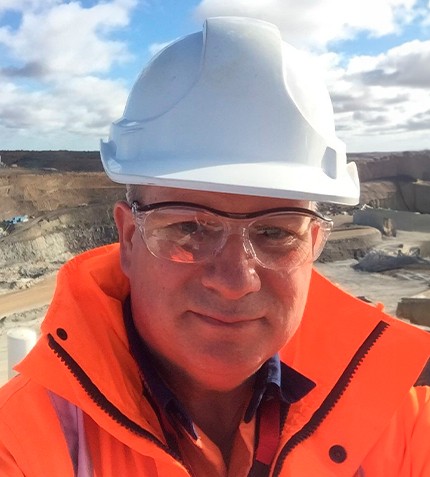
Jeff Parshley
CORPORATE CONSULTANT, SRK
Western USA Mining 2025
"We increasingly acknowledge the need to factor extreme climatic events into our designs and operational plans."
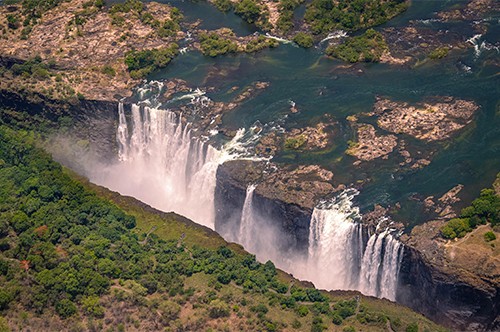
Mining Investment in Africa
MACIG 2025 - Mining in Africa Country Investment Guide
Pricing for risks




